Hey there! Imagine wearing a piece of art that carries centuries of history yet fits perfectly with your modern style. That’s exactly what Bidri-inspired cufflinks do.
Originating from the Deccan region of India, Bidri craft is a traditional metalwork known for its striking black alloy inlaid with silver patterns. Today, this tribal art has taken a stylish turn, finding its way onto cufflinks and adding a touch of heritage to formal wear.
Whether it’s a business meeting, a wedding, or a special event, these cufflinks don’t just hold your shirt cuffs—they hold a story, a culture, and timeless elegance in every detail.
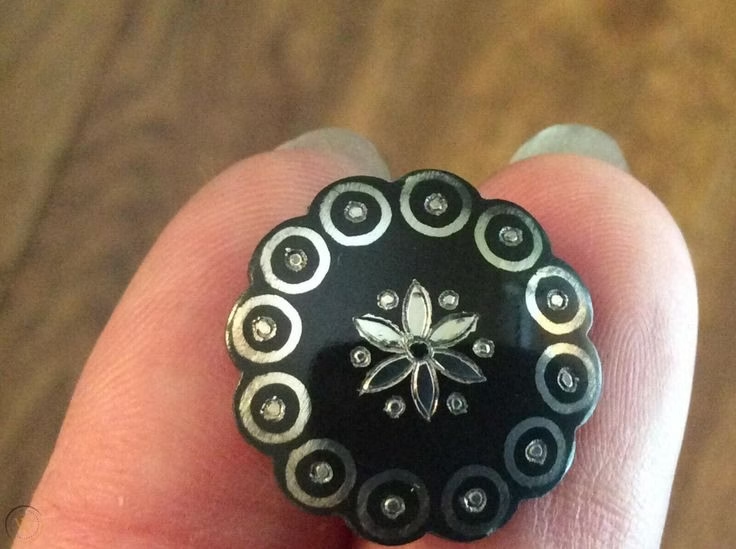
Material Used and Steps of Making Bidri-Inspired Cufflinks
Bidri work is one of India’s most exquisite tribal metal crafts. Known for its striking black-and-silver contrast, it takes skill, patience, and a deep understanding of materials. Turning this centuries-old art into modern cufflinks requires careful selection of materials and a multi-step process. Let’s explore both in detail.
Materials Used
The beauty and durability of Bidri-inspired cufflinks depend on the materials used:
- Zinc and Copper Alloy
- The main body of Bidri items is made from a combination of zinc and copper.
- This alloy gives the metal a strong base and is easy to shape into small, intricate pieces like cufflinks.
- The main body of Bidri items is made from a combination of zinc and copper.
- Silver Inlay
- Fine silver wires are used to create the distinctive motifs and designs on the black base.
- The silver contrasts beautifully against the darkened surface, highlighting traditional patterns.
- Fine silver wires are used to create the distinctive motifs and designs on the black base.
- Blackening Solution (Ammonium Chloride & Soil Mix)
- After shaping and inlaying, the metal is treated with a special mixture to turn the alloy deep black.
- This black background enhances the silver designs and gives Bidri its signature look.
- After shaping and inlaying, the metal is treated with a special mixture to turn the alloy deep black.
- Polishing Materials
- Soft cloths, oils, and mild abrasives are used to polish the cufflinks, giving them a smooth, elegant finish without damaging the inlay.
- Soft cloths, oils, and mild abrasives are used to polish the cufflinks, giving them a smooth, elegant finish without damaging the inlay.
- Optional Decorative Elements
- Some modern designs include gemstones or enamel for added flair while keeping the traditional essence intact.
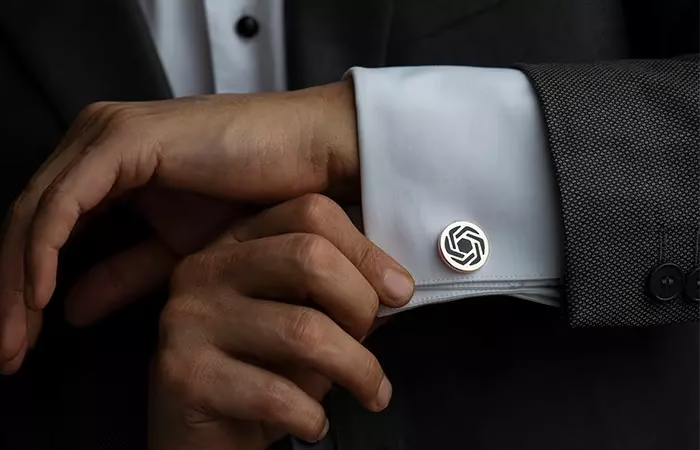
Steps of Making Bidri-Inspired Cufflinks
Creating cufflinks from Bidri is a meticulous process, combining traditional craft with modern precision:
Step 1: Designing the Cufflink
- Artisans first sketch the motif or design.
- Designs often include traditional patterns such as floral, geometric, or tribal symbols.
- The design is scaled to fit the small surface of a cufflink.
Step 2: Shaping the Base
- The zinc-copper alloy is melted and poured into molds to form the basic cufflink shape.
- After cooling, the rough piece is hammered and filed to achieve smooth edges.
Step 3: Engraving the Pattern
- Skilled craftsmen engrave the chosen design onto the surface of the metal.
- Precision is key, as any misalignment is noticeable on a small cufflink.
Step 4: Inlaying Silver
- Thin silver wires are carefully inserted into the engraved grooves.
- The silver is pressed and hammered gently to secure it in place.
- This step gives Bidri its characteristic contrast of black and silver.
Step 5: Blackening the Metal
- The metal base is treated with the special blackening solution (ammonium chloride & soil).
- This process darkens the zinc-copper alloy while leaving the silver untouched.
Step 6: Polishing and Finishing
- The cufflink is polished using soft cloths and mild abrasives to smoothen the surface.
- Care is taken not to scratch or damage the delicate silver inlay.
- Optional finishing touches like stones or enamel are added at this stage.
Step 7: Attaching Hardware
- The functional part of the cufflink (the post and swivel) is attached securely.
- The final product is now ready to be worn—combining heritage craftsmanship with modern utility.
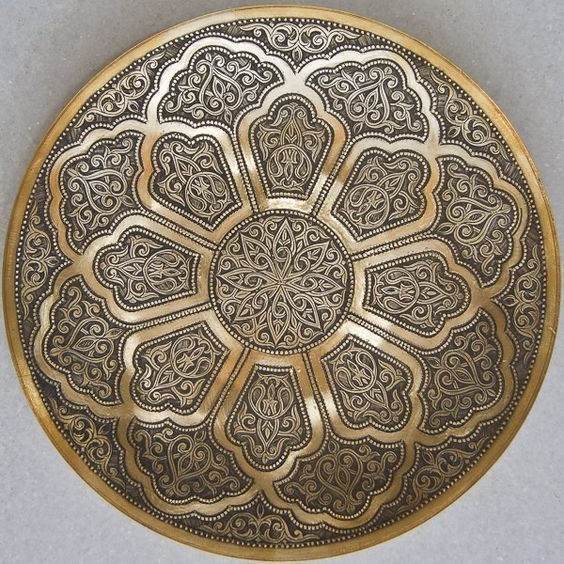
Symbols and Motifs in Bidri Work
Bidri art is more than just beautiful silver inlay on black metal. Each design is packed with meaning, inspired by nature, culture, and spirituality. When these motifs are brought onto something as modern as cufflinks, they don’t just decorate—they tell a story. Let’s explore the symbols and motifs that make Bidri work so special.
1. Floral Inspirations: Blooming Beauty
- Creepers and Vines
- Long, flowing vines represent growth, continuity, and resilience.
- They’re often woven around borders, making cufflinks appear elegant and fluid.
- Long, flowing vines represent growth, continuity, and resilience.
- Lotus Flower
- A common motif in Indian art, symbolizing purity and spiritual awakening.
- On cufflinks, lotus motifs stand for dignity and inner strength.
- A common motif in Indian art, symbolizing purity and spiritual awakening.
- Bouquet and Leaf Patterns
- These signify fertility, life, and harmony with nature.
- Perfect for wearers who want accessories that carry a sense of freshness and calm.
- These signify fertility, life, and harmony with nature.
2. Geometric Motifs: Balance and Order
- Chevron and Zig-Zag Lines
- Represent energy, rhythm, and forward motion.
- On a small cufflink, they give a bold, modern appeal.
- Represent energy, rhythm, and forward motion.
- Stars and Diamonds
- These stand for protection, stability, and symmetry.
- The diamond, in particular, is believed to ward off negative energy.
- These stand for protection, stability, and symmetry.
- Grids and Checks
- Symbolize structure and clarity.
- Often used for people who like order and discipline in life.
- Symbolize structure and clarity.
3. Spiritual and Cultural Symbols: Deep Connections
- Persian Motifs
- Since Bidri has roots in Persian art, arabesque patterns and intricate scrolls often appear.
- They symbolize eternity and the infinite nature of life.
- Since Bidri has roots in Persian art, arabesque patterns and intricate scrolls often appear.
- Temple Arch Motifs
- Designs inspired by arches and domes of mosques and temples.
- Represent sacredness, protection, and devotion.
- Designs inspired by arches and domes of mosques and temples.
- Calligraphic Designs
- Sometimes, verses or symbolic inscriptions are woven into designs.
- These reflect wisdom, faith, and cultural pride.
- Sometimes, verses or symbolic inscriptions are woven into designs.
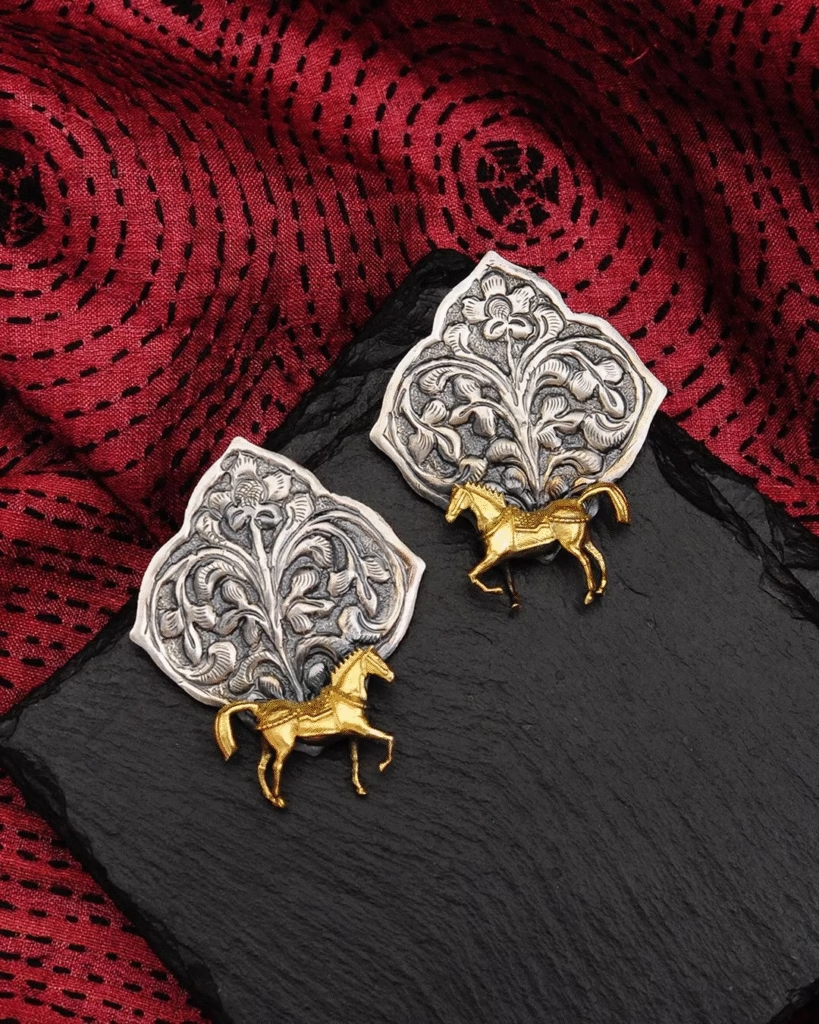
4. Nature and Animal Motifs: Life in Art
- Birds
- Parrots and peacocks are common, symbolizing love, freedom, and beauty.
- A peacock motif adds a touch of grandeur to cufflinks.
- Parrots and peacocks are common, symbolizing love, freedom, and beauty.
- Fish Patterns
- Represent prosperity and abundance.
- Traditionally linked to good fortune, these designs bring positivity.
- Represent prosperity and abundance.
- Trees and Branches
- Stand for shelter, strength, and rootedness.
- On cufflinks, they connect the wearer to a deeper sense of stability.
- Stand for shelter, strength, and rootedness.
5. Modern Adaptations of Traditional Motifs
- Today, artisans experiment with minimalist versions of these age-old patterns.
- Motifs are simplified to fit the smaller size of accessories like cufflinks.
- This fusion keeps the cultural symbolism intact while making the design appealing for modern, global users.
Statistics: The Craft, Its Reach, and Market Trends
Bidriware has long been admired for its artistry, but in today’s world of fashion and luxury accessories, it is also finding new meaning. When adapted into items like cufflinks, this tribal metal craft enters a growing niche market. Let’s break down the current state, reach, and future market trends of Bidri-inspired fashion.
1. The Craft and Its Makers
- Artisan Communities
- Around 1,200–1,500 artisans in Bidar, Karnataka, and nearby regions are directly engaged in Bidri craft.
- Many artisans belong to families who have passed down this skill for over 400 years.
- Around 1,200–1,500 artisans in Bidar, Karnataka, and nearby regions are directly engaged in Bidri craft.
- Production Scale
- Traditional large items (like vases, hookahs, and boxes) are still made, but smaller fashion pieces such as cufflinks, pendants, and rings are gaining traction.
- Artisans are slowly shifting toward this market due to higher demand for affordable, wearable items.
- Traditional large items (like vases, hookahs, and boxes) are still made, but smaller fashion pieces such as cufflinks, pendants, and rings are gaining traction.
2. Domestic Market Reach
- Handicraft Fairs and Exhibitions
- Bidriware is showcased in major Indian fairs like Surajkund Mela, Dilli Haat, and state handicraft expos.
- Over 60% of direct sales still happen at these physical markets.
- Bidriware is showcased in major Indian fairs like Surajkund Mela, Dilli Haat, and state handicraft expos.
- Urban Demand
- Young professionals and wedding markets are driving sales of Bidri-inspired accessories.
- Items like cufflinks are particularly popular in metro cities such as Bengaluru, Delhi, and Mumbai.
- Young professionals and wedding markets are driving sales of Bidri-inspired accessories.
3. Global Export and Recognition
- Export Destinations
- Major buyers include USA, UK, Germany, and Middle Eastern countries.
- The export of Indian handicrafts in 2023–24 crossed ₹30,000 crore, with Bidriware contributing a niche but valuable portion.
- Major buyers include USA, UK, Germany, and Middle Eastern countries.
- UNESCO Recognition
- Bidri craft has been recognized as part of India’s Intangible Cultural Heritage, boosting international interest.
- Bidri craft has been recognized as part of India’s Intangible Cultural Heritage, boosting international interest.
- Luxury Market Entry
- Global luxury brands are exploring collaborations to bring Bidri-inspired jewelry and accessories into premium collections.
4. Market Trends and Consumer Preferences
- Shift Toward Wearables
- Consumers prefer smaller, functional, and stylish items like cufflinks, jewelry, and lifestyle accessories over bulky decorative pieces.
- This trend has increased production of Bidri-inspired fashion goods by 25–30% in the last decade.
- Consumers prefer smaller, functional, and stylish items like cufflinks, jewelry, and lifestyle accessories over bulky decorative pieces.
- Online Platforms
- E-commerce platforms like Amazon Karigar, Etsy, and India’s Craftsvilla have given Bidri artisans new global visibility.
- Nearly 40% of younger customers discover Bidri-inspired products online rather than in physical markets.
- E-commerce platforms like Amazon Karigar, Etsy, and India’s Craftsvilla have given Bidri artisans new global visibility.
- Sustainable and Ethical Fashion
- Handcrafted, heritage-based products align with the global sustainable fashion movement, adding emotional value to Bidri cufflinks.
5. Challenges and Opportunities
- Challenges
- Declining number of trained artisans due to limited income.
- Rising cost of raw materials (silver in particular).
- Lack of large-scale marketing or brand recognition.
- Declining number of trained artisans due to limited income.
- Opportunities
- Collaborations with fashion designers and luxury brands to bring Bidri cufflinks into global collections.
- Government support through GI tags and artisan schemes.
- Potential to tap into the ₹60,000 crore Indian wedding market, where formal accessories like cufflinks are in high demand.
- Collaborations with fashion designers and luxury brands to bring Bidri cufflinks into global collections.
Sustainability and Craft Preservation
Bidriware, with its deep roots in tradition, is more than just a craft. Today, it also plays a role in promoting sustainable practices and preserving cultural heritage. Let’s explore how sustainability and preservation go hand in hand for this art form.
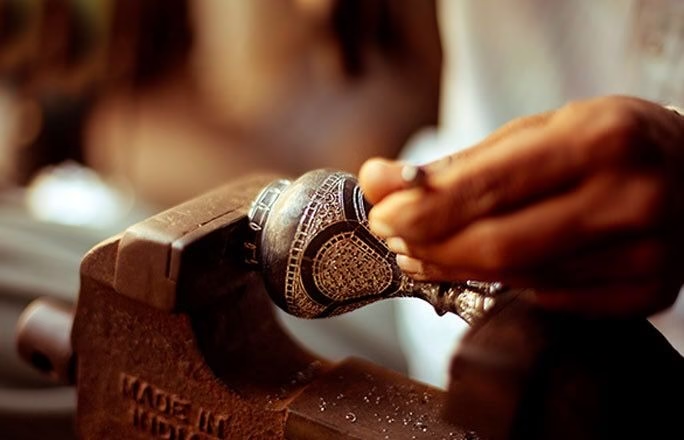
1. Eco-Friendly Aspects of Bidri Craft
- Natural Materials
- Made with an alloy of zinc and copper, and inlaid with pure silver, Bidriware relies on natural resources instead of synthetic or plastic-based materials.
- Made with an alloy of zinc and copper, and inlaid with pure silver, Bidriware relies on natural resources instead of synthetic or plastic-based materials.
- Minimal Waste
- The traditional process ensures almost zero waste, as leftover metal and silver pieces are reused in new creations.
- The traditional process ensures almost zero waste, as leftover metal and silver pieces are reused in new creations.
- Handmade Production
- Entirely handcrafted, the process avoids industrial pollution and energy-intensive machinery.
2. Preserving a Centuries-Old Heritage
- Cultural Legacy
- Bidri craft dates back over 400 years and is linked to the Bahmani Sultanate in Bidar.
- Each cufflink or accessory made today carries forward this history into modern fashion.
- Bidri craft dates back over 400 years and is linked to the Bahmani Sultanate in Bidar.
- Family Traditions
- Skills are passed down generations, ensuring that younger artisans learn directly from masters within their families.
- Skills are passed down generations, ensuring that younger artisans learn directly from masters within their families.
- Government Recognition
- Bidriware holds a Geographical Indication (GI) tag, protecting its authenticity and cultural identity.
3. Sustainability Through Modern Adaptation
- Wearable Products
- By moving from heavy decorative items to smaller accessories like cufflinks, artisans ensure continuous demand in modern markets.
- By moving from heavy decorative items to smaller accessories like cufflinks, artisans ensure continuous demand in modern markets.
- Global Awareness
- Eco-conscious buyers see Bidri-inspired accessories as sustainable luxury, boosting artisan incomes.
- Eco-conscious buyers see Bidri-inspired accessories as sustainable luxury, boosting artisan incomes.
- Training and Innovation
- NGOs and design institutes provide workshops, teaching artisans how to adapt designs for current fashion trends while keeping the traditional process intact.
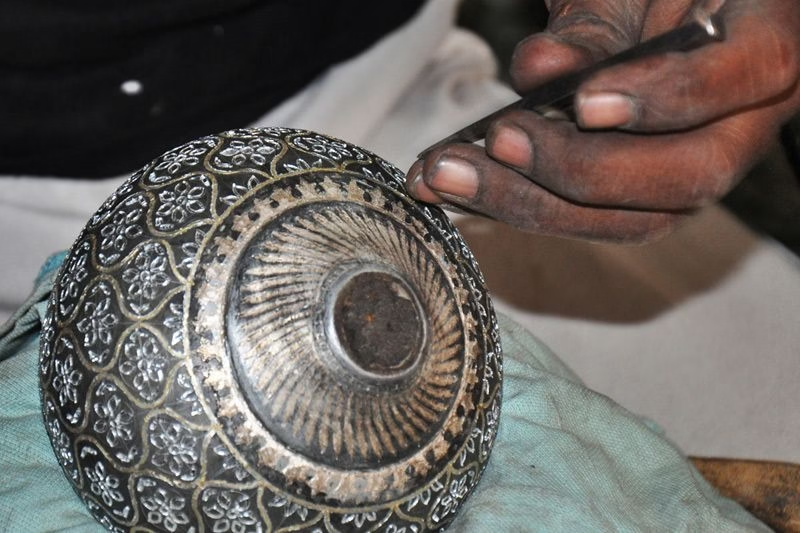
Cultural Significance: A Heritage Carried Forward
When you look at a pair of Bidri-inspired cufflinks, you are not just seeing an accessory—you’re witnessing a living heritage that has journeyed across centuries. Let’s explore how this craft carries cultural meaning even today.
1. Roots in Royal Patronage
- Craft of Prestige: Bidri work began under the Bahmani rulers in the 14th century and was treasured by kings, nobles, and royals.
- Symbol of Wealth: Owning Bidriware once meant prestige, as it was often gifted in courts and ceremonies.
- Modern Echo: Wearing Bidri-inspired cufflinks today reflects the same sense of exclusivity and sophistication once reserved for royals.
2. Spiritual and Symbolic Undertones
- Black and Silver Contrast: The deep black background represents the richness of earth, while silver inlay stands for purity and brilliance.
- Motifs of Belief: Traditional patterns often include stars, vines, or geometric forms that symbolize harmony, growth, and protection.
- Continuity in Fashion: When such motifs appear on cufflinks, they silently carry forward spiritual and cultural messages into modern wardrobes.
3. Family and Generational Pride
- Passed Down as Heirlooms: In many regions, Bidri pieces were gifted during weddings or family milestones.
- Craftsmen’s Legacy: Skills were transferred from one generation to the next, turning it into a family tradition.
- Today’s Context: By wearing or gifting Bidri-inspired accessories, people honor not just the product but also the artisans and families who preserved it.
4. Connection Between Craft and Community
- Local Identity: The city of Bidar in Karnataka became globally recognized because of this craft.
- Livelihoods Sustained: Entire communities of artisans depend on Bidri work for income and recognition.
- New Opportunities: With cufflinks and other modern designs, Bidri craft finds fresh markets, helping artisans thrive in a changing world.
5. Symbol of Indian Heritage on Global Platforms
- Recognition Beyond Borders: Bidriware is often showcased in international exhibitions as a representation of Indian craftsmanship.
- Cultural Pride in Fashion: When professionals and style enthusiasts wear Bidri-inspired cufflinks abroad, they carry a part of Indian tradition into global spaces.
- Bridging Eras: This blend of heritage with modernity shows that art can adapt without losing its essence.
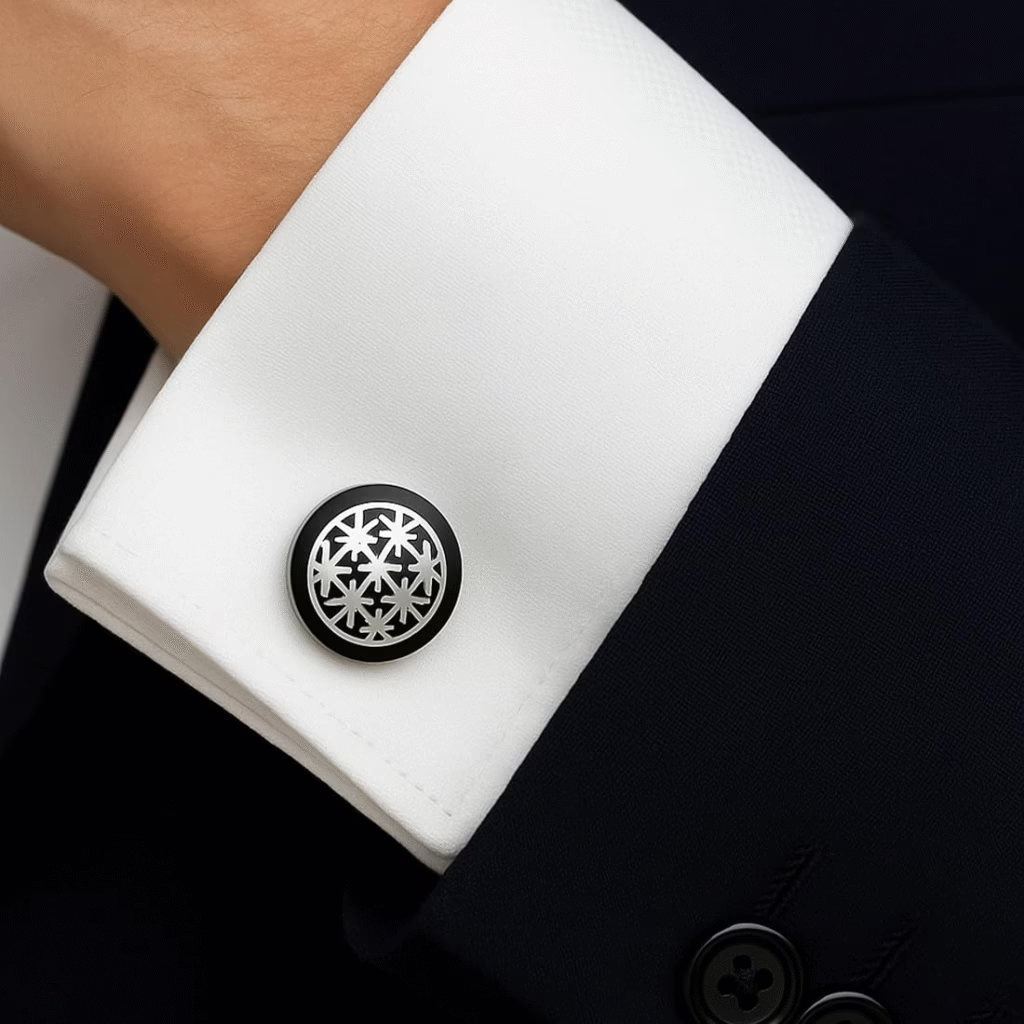
Conclusion
Bidri work is more than an art form; it is a timeless bridge between heritage and modern living. Born in the royal courts of Bidar, this craft continues to shine today, not just as decorative pieces but as stylish, functional accessories like cufflinks.
Its blend of blackened metal and silver inlay tells stories of culture, patience, and artistry, while also adapting to the needs of a global, eco-conscious generation.
By wearing or supporting Bidri-inspired creations, we become part of its journey—keeping alive a legacy that celebrates tradition, sustainability, and elegance in every intricate detail.
Also Read:- Handwoven Pochampally Fabric in Travel Accessories

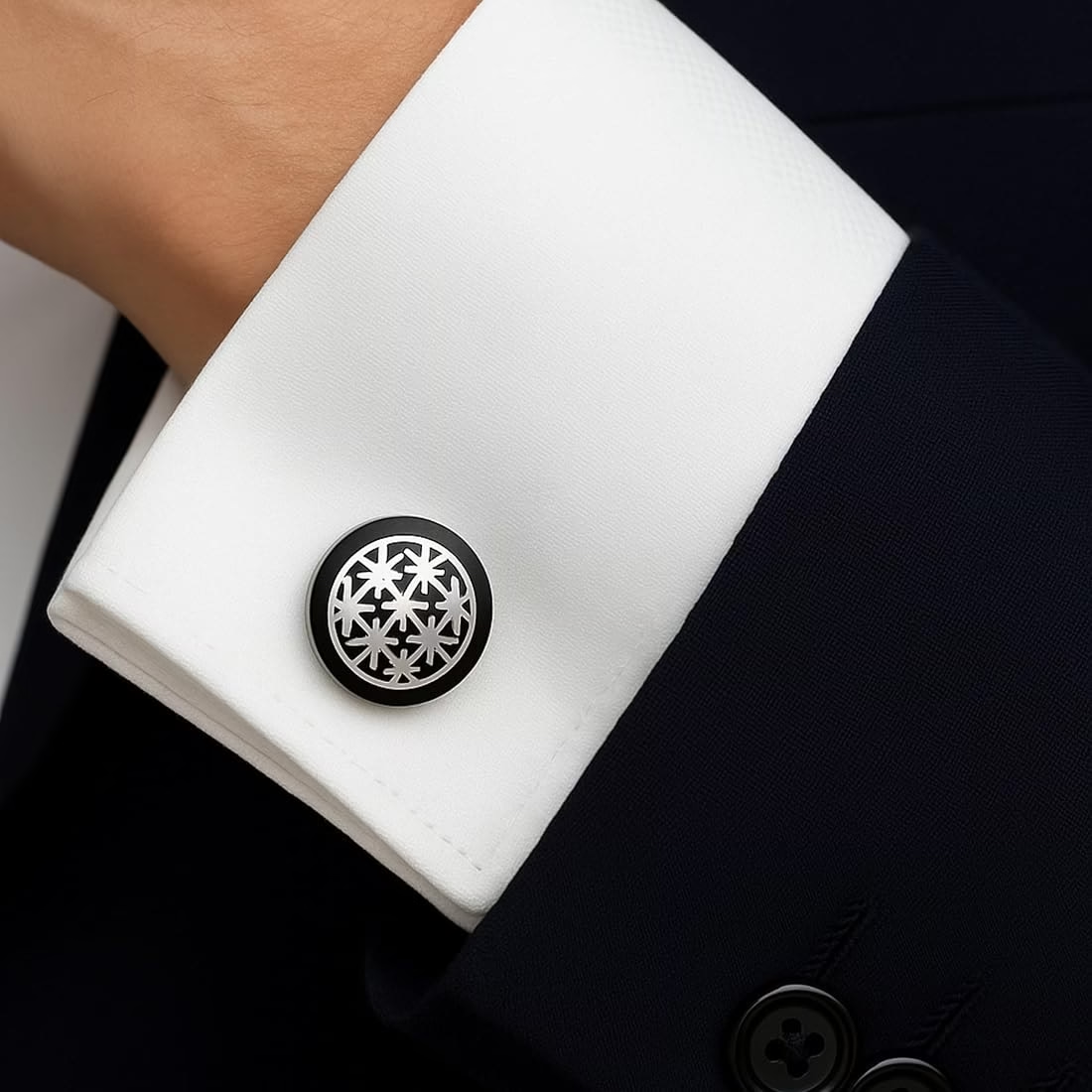
Leave a Reply